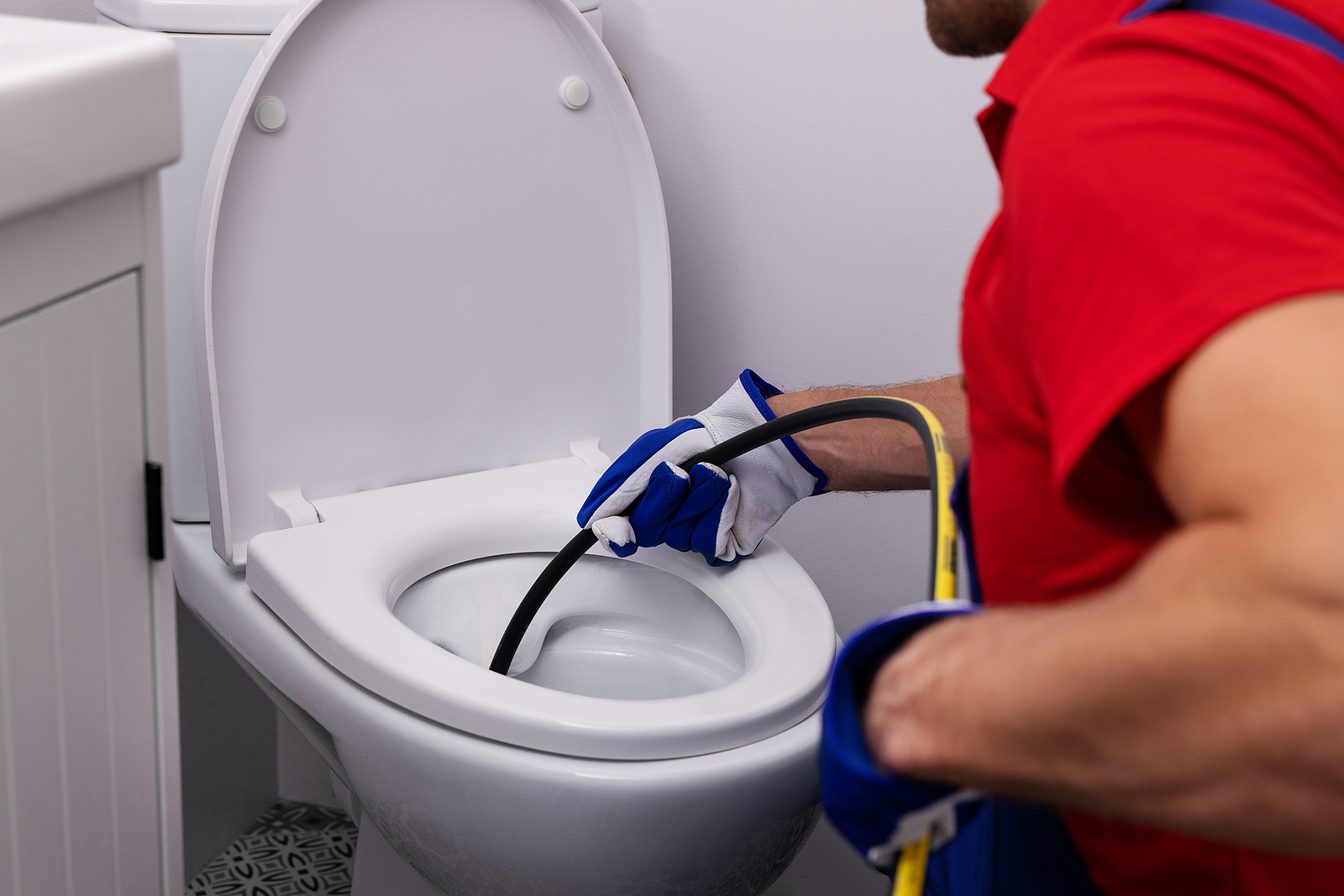Dealing with a clogged toilet can be a frustrating experience, especially when you find yourself without a plunger. The good news is that there are alternative methods to unclog your toilet, and you might already have the necessary materials at home. In this comprehensive guide, we’ll delve into three effective approaches: the hot water and dish soap method, the baking soda and vinegar concoction, and the trusty wire hanger technique. Follow these step-by-step guides, and you’ll be able to tackle toilet clogs with confidence.
Hot Water and Dish Soap:
Materials Needed:
Bucket
Hot water (not boiling)
Dish soap
Pour Hot Water into the Toilet Bowl:
Cautiously pour hot water from a bucket into the toilet bowl from waist height. The force and heat of the water may help break down the clog.
Add Dish Soap:
Squirt a generous amount of liquid dish soap into the toilet bowl. The soap acts as a lubricant and can help break down the clog.
Flush the Toilet:
Attempt to flush the toilet to check if the clog has cleared. If the water drains, you’ve succeeded. Repeat the process if necessary.
Baking Soda and Vinegar:
Materials Needed:
Baking soda
Vinegar
Hot water
Pour Baking Soda into the Toilet Bowl:
Sprinkle a cup of baking soda into the toilet bowl. Baking soda is known for its ability to neutralize odors and break down organic material.
Add Vinegar:
Pour a cup of vinegar over the baking soda. The chemical reaction between the two creates a fizzing action that can help break up the clog.
Pour Hot Water:
Carefully pour hot water into the bowl from waist height using a bucket. This step helps flush away the loosened debris. Repeat if necessary.
Wire Hanger:
Materials Needed:
Wire coat hanger
Unwind a Wire Hanger:
Straighten a wire coat hanger and leave a hook at one end. This makeshift tool will help you reach and break up the clog.
Insert the Hanger into the Toilet Drain:
Gently insert the hooked end of the wire hanger into the toilet drain. Wiggle and push it to dislodge and break up the clog.
Retrieve or Break Up the Clog:
Use the wire hanger to pull out or break up the clog. Be cautious not to scratch the porcelain during this process.
Flush the Toilet:
Attempt to flush the toilet to ensure the clog has been successfully removed. Repeat the wire hanger method if needed.
FAQs:
Q1: Can I use boiling water instead of hot water?
A: It’s not recommended, as boiling water may crack the porcelain. Use hot water to be safe.
Q2: How much baking soda and vinegar should I use?
A: Use 1 cup of each for an effective reaction.
Q3: Can I use any dish soap for the hot water and dish soap method?
A: Yes, any liquid dish soap should work.
Q4: Are these methods safe for septic systems?
A: Yes, these methods are generally safe for septic systems.
Conclusion:
Unclogging a toilet without a plunger might seem like a daunting task, but with the right methods and a bit of patience, you can easily resolve the issue. Whether you choose the hot water and dish soap method, the baking soda and vinegar approach, or the wire hanger technique, following the steps carefully can help you regain control over your plumbing. Remember, if the clog persists, it’s advisable to seek professional plumbing assistance to avoid any potential damage. With these methods in your toolkit, you’ll be well-prepared to handle unexpected toilet clogs in the future.

A group of home improvement enthusiasts and bathroom design experts, combines in-depth knowledge and a shared passion to deliver engaging, informative content that guides readers through the world of bathroom innovation and style.

Leave a Reply